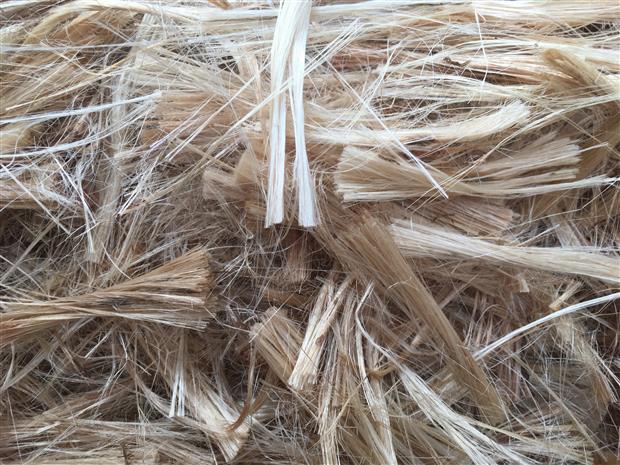A brief COEX guide to natural fibres, helping you stay healthy and comfortable whatever the weather!
While the summer heat may test our body’s capacity for thermoregulation, the first frosts of autumn and the consequent drop in temperature is no less challenging!
That is why it can help to understand the properties of plant and animal fibres. Because these fibres they are “living”, they have a natural ability to adapt and respond and, most importantly, to breathe. They thus promote heat exchange between an organism and its environment, ensuring protection from both the cold and the heat, keeping you healthy and comfortable whatever the weather!
While at the height of summer it’s advisable to dress in cotton and linen, – plant fibres that disperse the heat and stop sweat lingering on the skin, keeping it cool – when the temperature drops, wool and silk become the fabric of choice – animal fibres with a protein composition that is very similar to our skin.

But there are countless other natural fibres that can also keep us comfortable in the heat and cold and their use in clothing is becoming an increasingly healthy trend.
COEX can be our “natural” ally, made of 100% natural fibres, offering both comfort and safety. It is natural, safe and 100% fireproof.
Find out more about these fibres and their individual qualities below.
THE COMFORT OF COTTON
Cotton is one of the most breathable natural fibres. In addition to having good absorption capacity (hygroscopic properties), it promotes the evaporation and dispersal of moisture absorbed by the body. It also allows the passage of air, helping the skin to stay dry around the clock. Fairly starchy, it is resistant to ironing so can be washed even at high temperatures, however it is not resistant to light and acid and can therefore be prone to mould and mildew.
THE FRESHNESS OF LINEN
Linen has always been the iconic summer fabric. Breathable and extremely durable, particularly when wet, it has a higher absorption capacity than cotton and better thermal conductivity so is therefore particularly cool. One of its properties is that it’s hypoallergenic and is therefore particularly suitable for sensitive skin. Last but not least, its stretchiness gives it its characteristic creased appearance, which makes it both practical and undeniably glamorous.
HEMP REGENERATES
Hemp has good thermal conductivity and an excellent absorption capacity. Its hollow fibre is able to absorb moisture from the body, keeping you dry and super comfortable. Its anti-bacterial and regenerative properties outstrip all other natural fibres. Fabric made from hemp does not absorb odours and, when exposed to the air, regenerates and softens. Lastly, it is extremely hard-wearing and acts as a natural filter for UV rays.
COEX technology makes 100% fireproof fibres or plant-based fabric including linen, cotton and hemp!
Concluding Part 1 of this post on the natural fibres best suited to warmer temperatures, we mustn’t forget to mention lightweight wool, – ultra breathable, cooler than cotton and softer than linen – it is one of today’s cutting-edge fabrics, or fabric made of lotus flower fibres, which has the appearance of linen and raw silk combined with an irregular weave that is soft, crease-resistant and extremely breathable.
Among the new trends and deep-rooted traditions, we cannot dispute that whatever the season, our skin is “happiest in natural fibres” and when this fibre is made of COEX, it is also safe! Stay tuned for Part 2 on sustainable fibres and those suited to colder climes.
